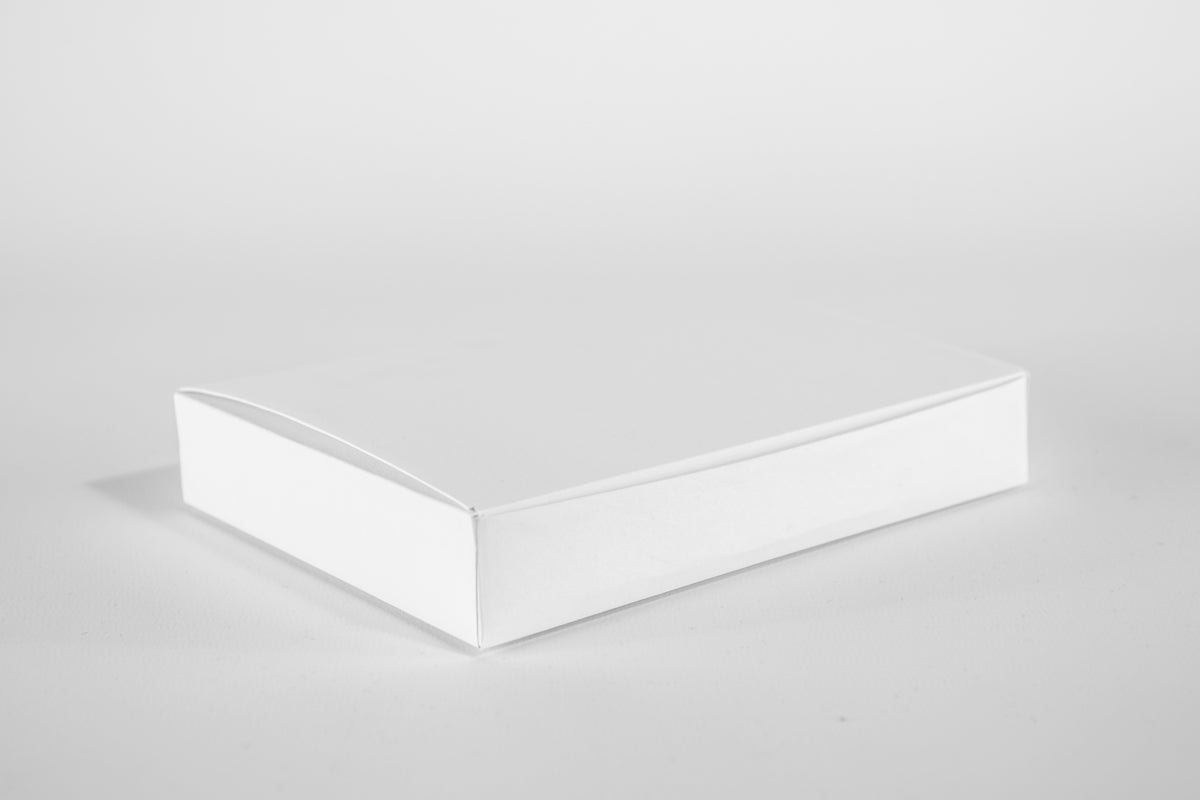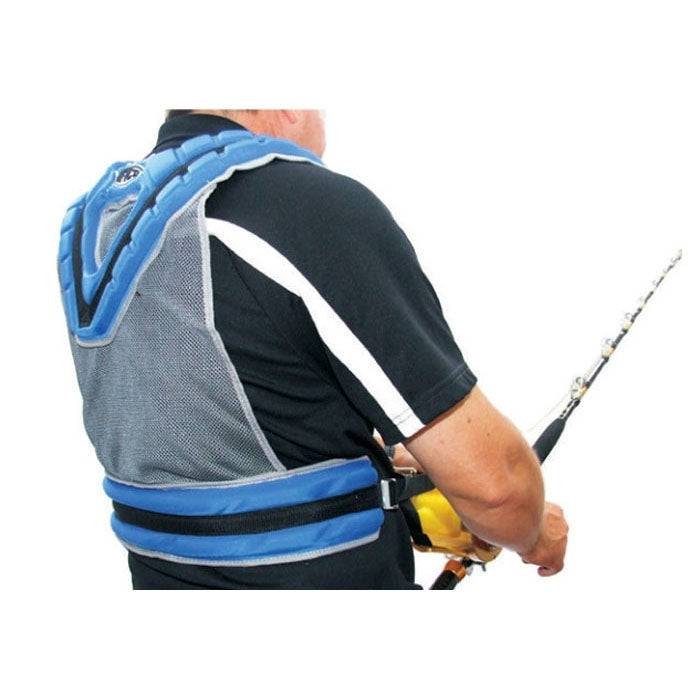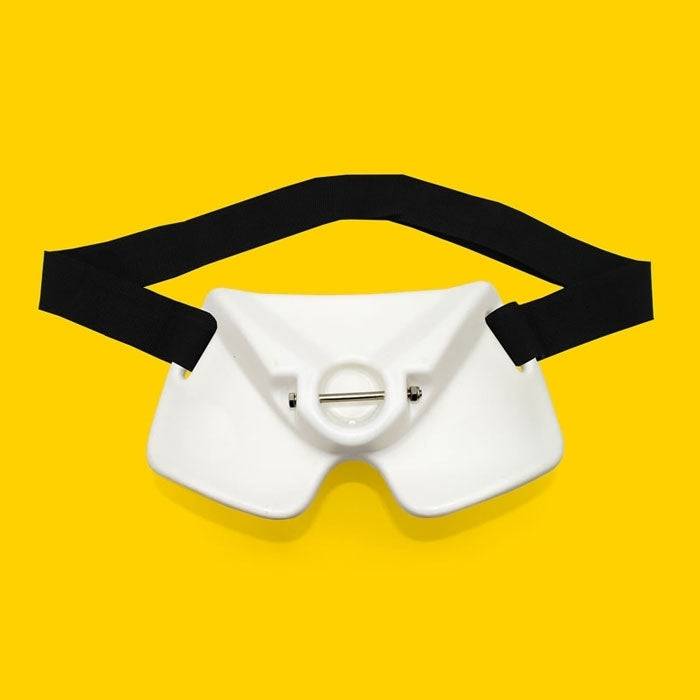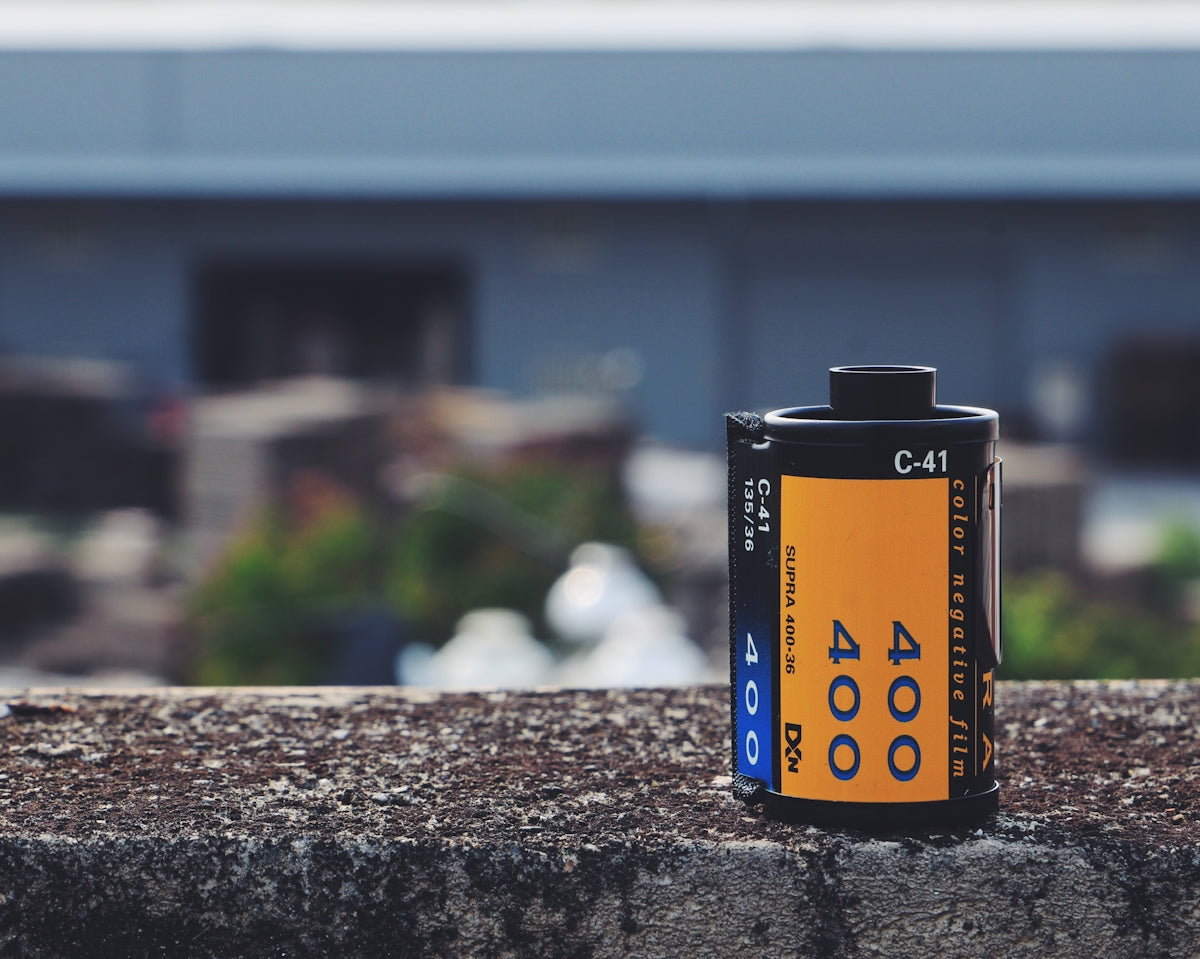Recently viewed
Blog posts
View all
Advantage 2mm 3mm 4mm 5mm 6mm by the meter
Advantage 2mm 3mm 4mm 5mm 6mm by the meter can enhance your sailing experience. The right thickness ensures strength, flexibility, and optimal performance for your applications, making it a versatile option for any sailing enthusiast.

3.5 Inch Heavy Duty Pacific Island Nets for Marine Projects
3.5 Inch Heavy duty Pacific Island Nets provide unmatched strength and versatility. With durable materials designed for challenging environments, these nets are perfect for fishing and marine research alike. Are you ready to enhance your maritime operations?




